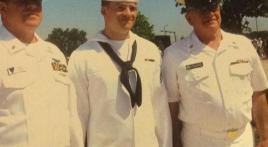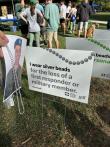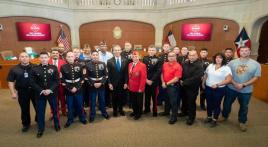The sneak attack on Pearl Harbor in 1941 was a disaster, yet the U.S. had unmatchable advantages with its enormous industrial industrial capacity and citizens willing to meet every need. Armed forces swelled overnight; the most remarkable growth being in air power.
Alllied strategists adopted a policy of winning the war in Europe before launching an all-out offensive against Japan. Heroic U. S. navy and marine fighters held Nipponese forces at bay until the beginning of 1945. By then, island after island was being captured; moreover, a 20th Air Force was established with B-29s--Superfortresses--making disastrous fire raids against the Japanese homeland.
Scientists and engineers were able to construct an atomic bomb and carry out a successful test in New Mexico, convincing American leaders that A-bombs were feasible military weapons, and two such missiles dropped on Japan brought an end to WW II..
Pickle Barrel to Mushroom: Air Bombardment in WW II
October 17, 2017
About the author:
Robert Underhill is an Emeritus Professor at Iowa State University with degrees from Manchester College and Northwestern University as well as certificates from Indiana University and Georgetown University. A flying cadet at the outset of WW II, he flew fifty combat missions with the 15th Air Force and later served two years during the Korean episode. Pickle Barrel and Mushroom,. . . is his sixteenth book, mainly histories or biographies.




